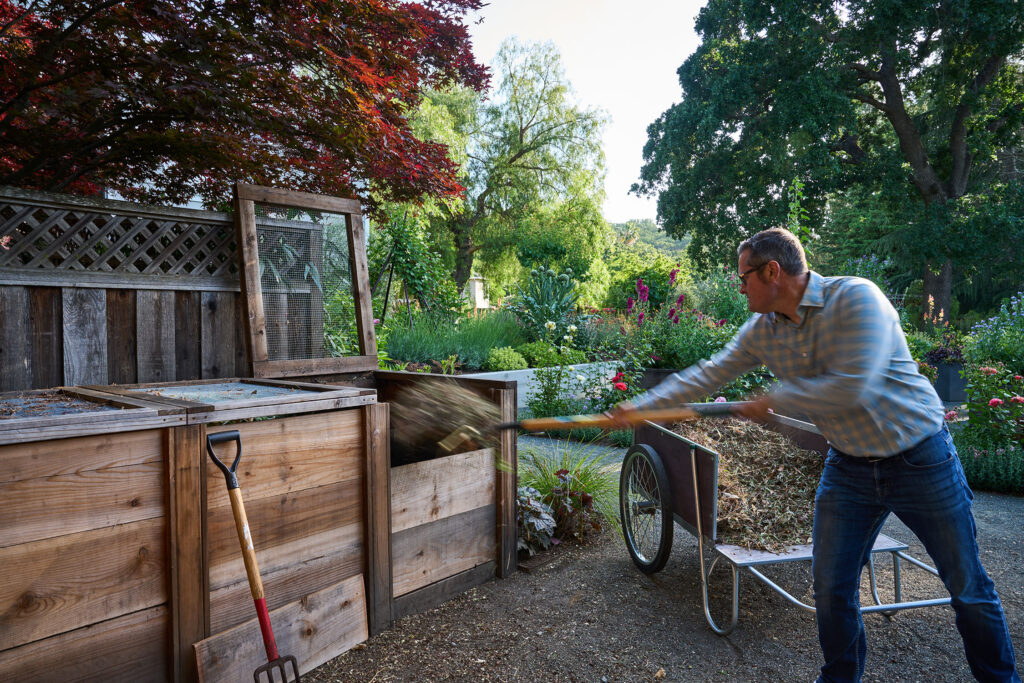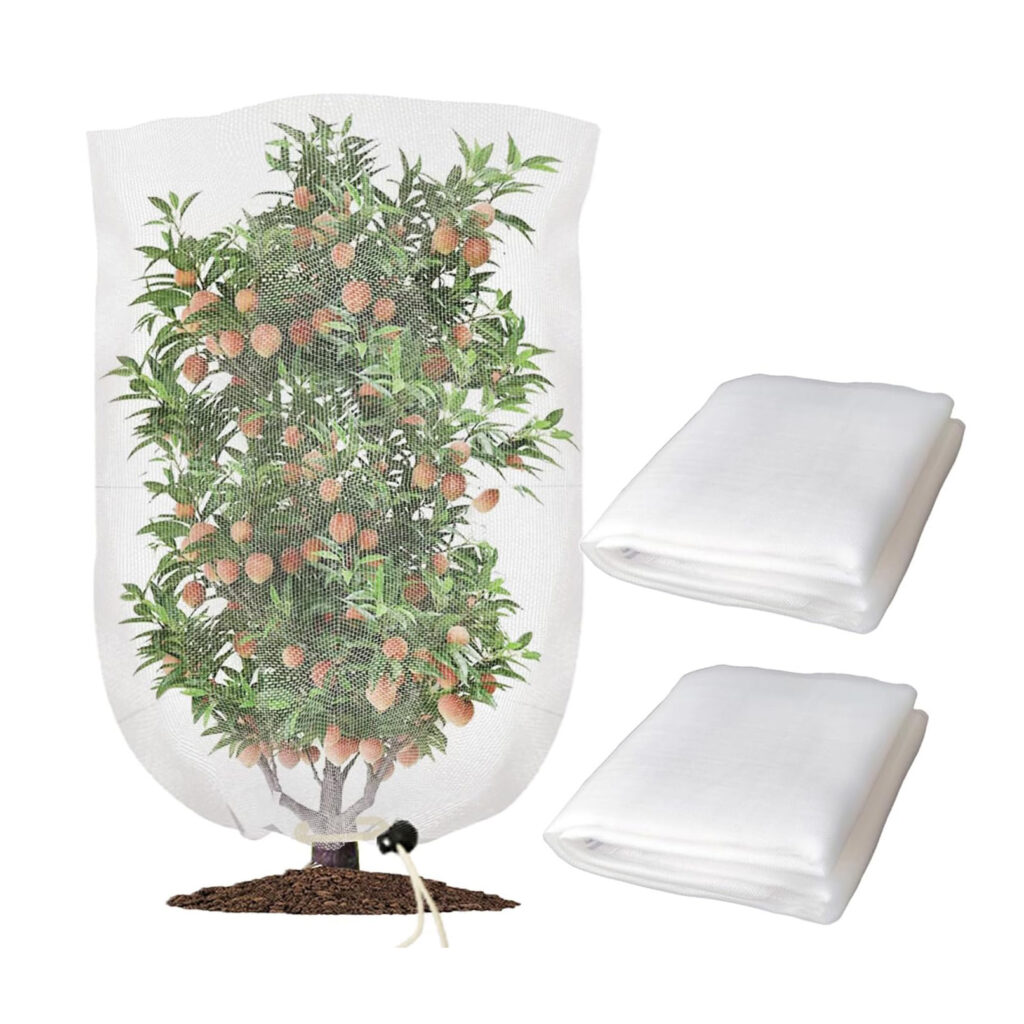Think beyond leaf piles and cleanup. This season’s checklist is all about planting with purpose, harvesting with heart, and setting the garden up to thrive—long after autumn fades.
Plant
-lvinst-/Getty Images
—Sow a pollinator cover crop mix with California and Southwest natives by broadcasting seeds of arroyo lupine, California poppy, yarrow, and desert bluebells before the rains.
—Plant a small grove of drought-tolerant trees for shade and wildlife. Try manzanita for hummingbirds or desert willow for pollinators; both offer habitat, flowers, and sculptural form with minimal water.
—Pot up fall herbs for indoor use later. Dig up and pot lemon balm, yerba buena, or creeping rosemary before frost and place in a sunny kitchen window for fresh winter teas.
Harvest

Maksym Belchenko/Getty Images
—Make a native herb smudge or wreath bundle. Snip and dry stems of sagebrush, mugwort, and coyote mint. Tie together with twine for calming bundles or fall decor.
—Gather and cure fall chiles for holiday gifts by harvesting chiltepin, pequin, or cayenne peppers, and thread them into ristras. Hang in a sunny spot to dry and share with spice lovers.
—Host a neighborhood harvest swap and set up a front-yard table with pumpkins, citrus, and jars of pickled beans or jams.
—Collect fallen leaves for leaf-mold bins or mulch rings. Shred leaves with a mower and pile them up—next year’s veggie beds will thank you with softer soil and better moisture retention.
Maintain

Thomas J. Story
—Sharpen tools with rainwater and a river stone. Dip your blade in a bucket of rainwater and glide across a smooth stone— slow, satisfying, and surprisingly effective.
—Reinvigorate your compost pile with cold-tolerant additions. Balance wet kitchen scraps, like apple peels and pumpkin guts, with dry leaves and chopped stems for a thriving winter pile.
Protect

Courtesy of Amazon
—Tuck in tender plants with handmade mulch mats. Layer straw, native grass cuttings, or even flattened cardboard boxes around the base of perennials to insulate roots and block weeds.
—Create a cozy corner for overwintering beneficial insects. Stack hollow stems, bark, and pinecones in a dry, sheltered spot—your native bees, ladybugs, and lacewings need a winter refuge too.
—Protect young trees with wildlife-friendly guards. Wrap saplings in breathable mesh or corrugated tree guards—skip plastic and opt for reusable or natural materials that still block nibblers.
We only recommend things we love. If you buy something through our site, we might earn a commission.


